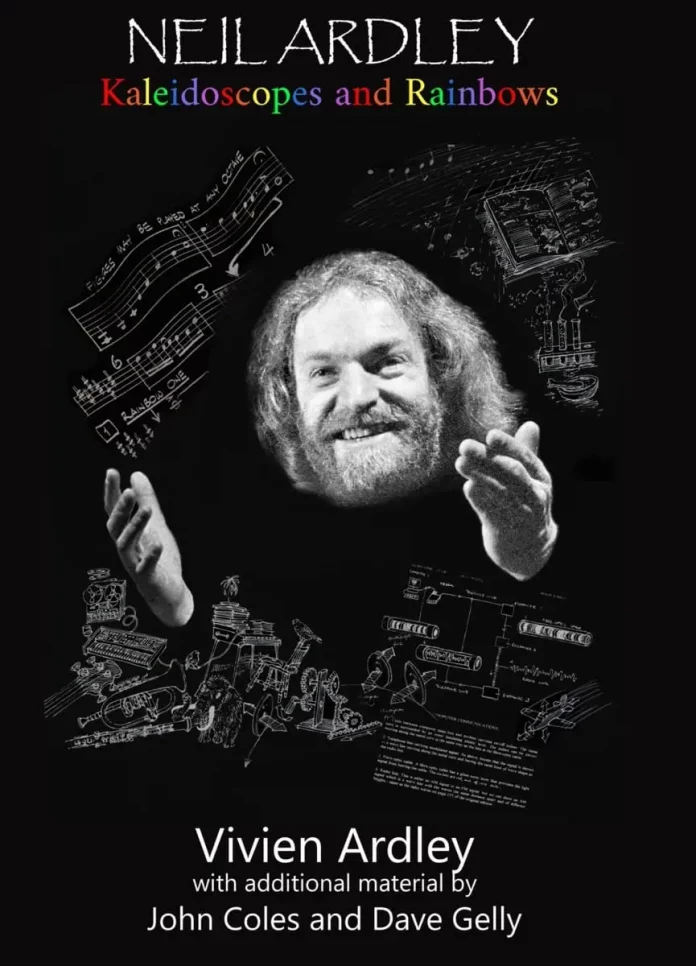In many ways, the 1960s were the making of British jazz, the bands of Mike Westbrook, Graham Collier and Mike Gibbs, to name but a few, matching the best the Americans could offer. Among those fine new bands was the New Jazz Orchestra led by Neil Ardley, a composer and arranger whose direction of the orchestra and the subsequent albums brought considerable acclaim. Yet while those other band leaders are still revered, Neil Ardley has somewhat faded from view.
This was partly because he was always a composer and never a performer – although he did play piano – but also because he had a second life as first a publishing editor and then a writer of non-fiction science books for children, many of them published by Dorling Kindersley, where I first met and worked with Neil. One of those books – The Way Things Work, illustrated by the American artist Dave Macaulay – became an international best-seller, while his many other titles sold in more than respectable quantities.
Neil’s career was extraordinary: the success of the New Jazz Orchestra, the commercial and critical acclaim for Symphony of Amaranths, Kaleidoscope Of Rainbows and The Harmony Of The Spheres, his later use of synthesizers, and interest in choral music, were all the result of his self-taught approach to music, his willingness to experiment and take risks. Neil’s music was harmonically advanced, and in some ways classically based, yet he used that approach to produce some jazz classics that admirably stand the test of time. As his photographer friend John Coles remarks in his chapter of the book, Neil was “a bridge between the old and the new. He was a bridge between classical and jazz, and between jazz and rock.”
Vivien Ardley makes great sense of that bridge. Her biography is obviously a labour of love – as Neil’s widow, she still posts an in-memoriam notice each year in The Guardian on the anniversary of Neil’s death, now 19 years ago – but luckily for her, Neil was a hoarder of photographs and press cuttings, documents and letters, as well as an occasional diarist, all of which Vivien makes good use of in this book.
As a non-musician herself, Vivien has sensibly brought in some expert help, with jazz critic Dave Gelly remembering the New Jazz Orchestra, in which he played saxophone, and John Coles writing at great and informative length about Neil’s later interest in and use of synthesizers. Her detailed research into the many aspects of Neil’s career – musical and literary – and her appreciation of his work, paint a very vivid portrait of a very likeable and engaging man.
Accompanying the book are two CDs: the first a live recording from 1968 of Neil with the Danish Big Band – including trumpeter Palle Mikkelborg and bassist Niels-Henning Ørsted Pedersen – performing Neil’s Le Déjeuner Sur L’Herbe and Greek Variations, among other pieces, the second some selected works by Neil’s electronic band, Zyklus, recorded in the last years of his life. Both are revelations, both deserve to be heard.
Neil Ardley: Kaleidoscopes And Rainbows by Vivien Ardley, additional material by John Coles and Dave Gelly. Jazz In Britain, 418pp, h/b, numerous colour and b/w photographs, bibliography, discography, 2 x music CDs; £19.99. ISBN: 978-1-9163206-4-2
















